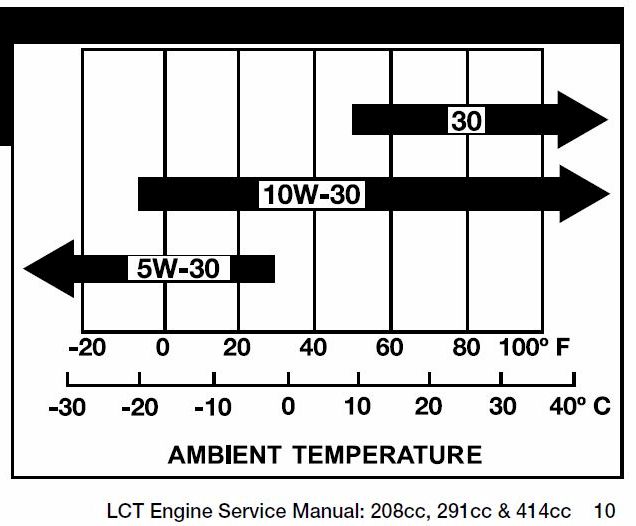Back in the day, there were only single-graded motor oils sold in the market. The changes in temperature would require a vehicle’s engine to pump more or less to lubricate its essential parts.
However, as the technology in vehicle engines developed, manufacturers started to produce motor oils that can adapt to temperature changes and various engine settings. Many multi-grade synthetic oils such as 5w30 and 10w30 are in the market.
For this article, l will try to answer some of the frequently asked questions comparing the most
Choosing Your Engine Oil, Oil Grades Explained
Different motor oils perform differently under different conditions.
Firstly, look to your vehicle manual for the manufacturer’s recommended multi-grade synthetic oil. Manufacturers designed vehicles with certain motor oils in mind.
There are many multi-grade engine oils out there, but most owners choose between 5w30 and 10w30. The figures indicate how the synthetic oils may perform when the engine starts, and while it is running.
Synthetic Oil Grades: What do 10w30 and 5w30 mean?
10w30 mean Youtube Video
5W-30 mean Youtube Video
Viscosity and Temperature (Hot and Cold weather)
Viscosity is a measure of an oil's resistance to flow. To help you better understand how engine oil behaves under varying temperatures, here are the key points to remember:
- Thicker or heavier motor oil has slower movement than thin or lighter oils.
- Thinner engine oil flows faster throughout the engine.
- When the temperature in the engine rises, the synthetic oil becomes thinner.
- When the temperature in the engine goes down, the oil becomes thicker.
- Engines with
- Engines with lower operating oil temperatures need less viscous oils.
Thinner engine oil is best-suited for colder days when engines need more lubrication. As temperatures drop, the synthetic oil will also thicken. Thicker oils will run slower on in your engines.
On warmer days, the viscosity of motor oil is much thinner. The more fluid the synthetic oil, the faster it is able to be pumped by the engine.
What's the difference between 5w30 and 10w30
What do 5w30 and 10w30 Stand for?
The first numbers, 5 and 10, signify the ‘
The second number, 30, reflects the engine oil's thickness once it reaches the engine’s highest operating temperature. 5w30 and 10w30 are on par in terms of thickness.
In summary, 5w30 will reach the engine’s internal components faster than 10w30. So if you are going to use a 10w30 at a lower temperature, it may take more time for the synthetic oil to squeeze into the engine’s system.

When to Use 5w30 vs 10w30?
5w30 runs faster in cold weather. The best time to use 5w30 for your engine is during the winter. As both oils have the same level of thickness, you will not risk damaging your engine by switching over to the 10x30 in summer.
Keep in mind that if you wish to use other synthetic oils with different levels of thickness or weight, you may compromise your engine’s performance. Manufacturers are very clear about the best oil weights in their manuals.
5w30 vs 10w30 high mileage and Driving Habits
Most of the vehicles today can run up to 300,000 miles. The wear and tear of an engine really depend on where you are driving the most. Driving on city streets with shorter miles could cause as much wear and tear as you would driving on the highway. You are more prone to stopping and starting when driving urban. High traffic areas tend to result in higher temperatures as well. This may put additional stress on your engine.
However, a well-maintained vehicle should withstand the challenges of high-mileage driving. Change your oil more often if you drive frequently. However, it makes no difference whether you use the 5w30 or 10w30.
If you are using your vehicle on a daily basis, and pay little attention to how regularly oils are changed, you may need a more viscous oil - in which case 10w30 is more viscous than 5w30.
To prevent high mileage problems, you need to change oils at regular intervals, except if your oil burns. You have to top oil at once. Perform compression tests. Do not wait for your change oil schedule when you find that your engine is losing pressure.
Remember to check on your oil filter to help your synthetic oil keep your engine clean. Read a post about oil filter remove.
Final Thoughts
In conclusion, the 5w30 would only hold an advantage in colder weather. As the 5x30 and 10x30 have the same level of thickness, it is easy to switch between the two variants. 10w30 requires your engine to be warmed up before use.
That being said, 10w30 is definitely more viscous than 5w30. You can use them both interchangeably; just be sure to give some thought to the temperature you are driving in, the mileage you will be driving, and how your environment can shape the way you are driving.
James is a certified auto technician specializing in commercial vehicles. With 30 years of experience under his belt, James has encountered almost every type of automotive issue there is! Besides his day job at the repair shop, he is also an amateur race car driver.


Your relevant data is are follow